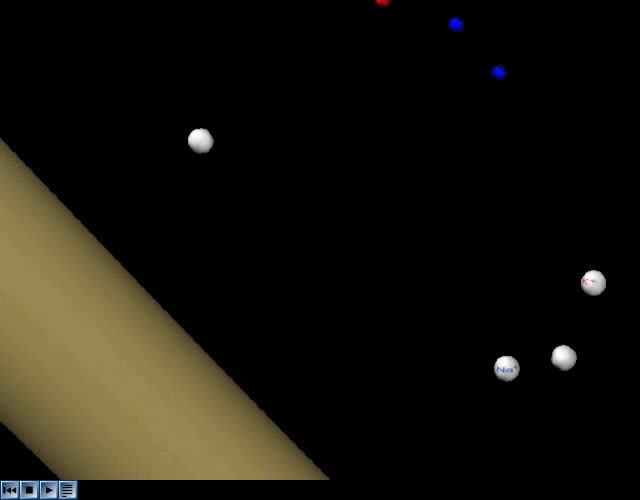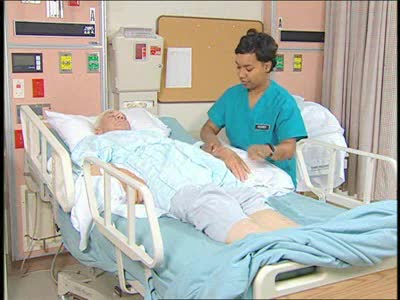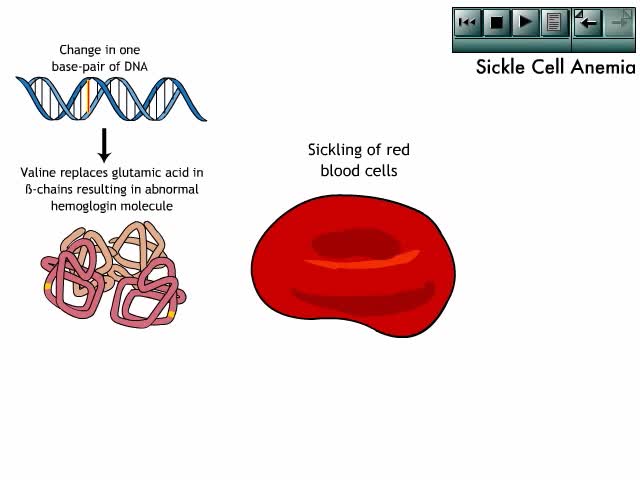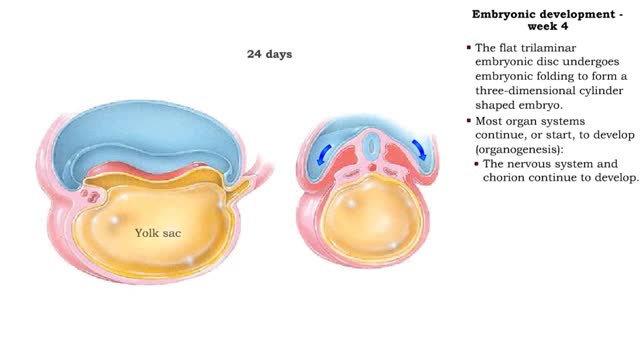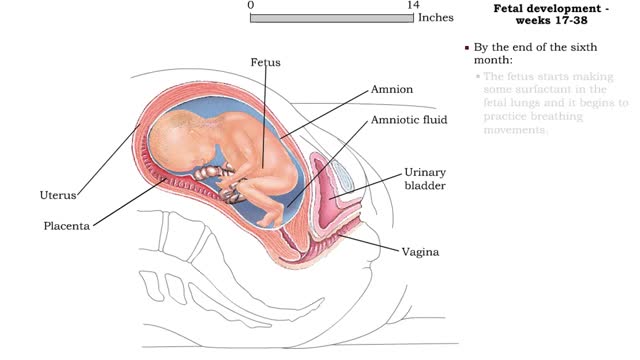Search Results
Results for: 'MS'
By: Administrator, Views: 14491
The majority of epilepsy cases are idiopathic (cause not identified) and symptoms begin during childhood or early adolescence. A child who has a seizure while standing should be gently assisted to the floor and placed in a side-lying position. In adults, epilepsy can occur after severe neu...
Brain Anatomy Animation (Part 1 of 2)
By: Administrator, Views: 14860
The human brain is the central organ of the human nervous system, and with the spinal cord makes up the central nervous system. The brain consists of the cerebrum, the brainstem and the cerebellum. It controls most of the activities of the body, processing, integrating, and coordinating the infor...
By: Administrator, Views: 14405
Anatomic: Body erect, head facing forward, arms by the sides with palms to the front; used as a standard anatomical position of reference Dorsal recumbent: On back with lower extremities flexed and rotated outward; used in application of obstetric forceps, vaginal and rectal examination, and ...
By: Administrator, Views: 14390
The clinical manifestations of sickle cell anemia result from pathologic changes to structures and systems throughout the body.
By: Administrator, Views: 14202
Smoking cessation (also known as quitting smoking or simply quitting) is the process of discontinuing tobacco smoking. Tobacco smoke contains nicotine, which is addictive and can cause dependence. Nicotine withdrawal makes the process of quitting often difficult. Seventy percent of smokers wou...
Embryonic development - Week 4
By: HWC, Views: 11529
• The flat trilaminar embryonic disc undergoes embryonic folding to form a three-dimensional cylinder shaped embryo. • Most organ systems continue, or start, to develop (organogenesis): • The nervous system and chorion continue to develop. • The heart and the rest of the cardiovas...
Fetal development - Weeks 9 to 38
By: HWC, Views: 11605
Weeks 9-12 • Fetal development during the third month includes: • A large head, about 1/2 the length of the fetus. • Visible eyes and ears. • A detectable heartbeat. • Kidneys that form urine. • Gender identification. • Weak, undetectable body movements. • By the e...
Embryonic development - Week 3
By: HWC, Views: 11440
Week 3 (gastrulation) • Three primary germ layers are formed which provide cells for organ formation in the following months. • These germ cell layers are formed by a process known as gastrulation, which involves rearranging epiblast cells. • As cells from the epiblast migrate, a fain...
Embryonic development - week 1 and 2
By: HWC, Views: 11418
The first through eighth weeks after fertilization are called the embryonic. Week 1 • Within a day, the zygote begins mitotic cell division (cleavage) forming blastomeres. By the 4th day, the blastomeres have formed a solid ball called a morula. • The morula enters uterine cavity ar...
Advertisement



